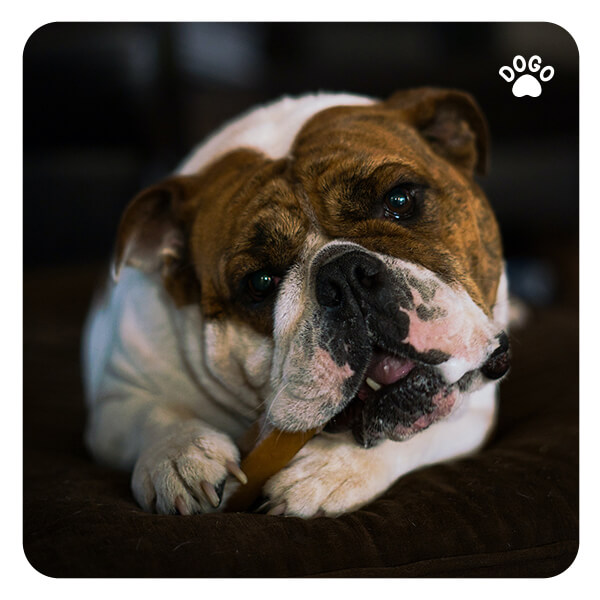 Every dog owner knows that dogs love to chew on bones. It’s a natural instinct for them, and it can also help keep their teeth clean and healthy. However, not all bones are safe for dogs to eat. In fact, some bones can be dangerous and even deadly for our furry friends. So, as a responsible pet owner, it’s important to know what kinds of bones are safe for dogs to eat and which ones to avoid.
Every dog owner knows that dogs love to chew on bones. It’s a natural instinct for them, and it can also help keep their teeth clean and healthy. However, not all bones are safe for dogs to eat. In fact, some bones can be dangerous and even deadly for our furry friends. So, as a responsible pet owner, it’s important to know what kinds of bones are safe for dogs to eat and which ones to avoid.
Bones Dogs Can Eat
When it comes to bones, not all are created equal. Some bones are safe for dogs to eat, while others can pose serious health risks. The key is to choose bones that are specifically designed for canine consumption. These can include raw bones such as raw chicken, raw beef, or raw lamb bones. The important thing to remember is that the bones should always be raw, as cooked bones can splinter and cause harm to your dog’s digestive system.
Raw bones are a great source of nutrients for dogs, providing essential minerals like calcium and phosphorus. These nutrients are important for maintaining strong bones and teeth, which is crucial for your dog’s overall health. Additionally, chewing on raw bones can help keep your dog’s teeth clean and healthy, reducing the risk of dental issues such as plaque and tartar buildup.
Potential Risks of Bones
While raw bones can be beneficial for dogs, it’s important to be mindful of the potential risks associated with feeding bones to your furry companion. One of the main concerns is the risk of choking or intestinal blockage. Dogs can sometimes break off small pieces of bone while chewing, which can become lodged in their throat or digestive tract. This can lead to serious health complications and may require immediate veterinary attention.
Another risk associated with feeding bones to dogs is the potential for splintering. Cooked bones, in particular, are more prone to splintering, which can cause damage to the mouth, throat, or digestive system if ingested. Even raw bones can splinter if they are too brittle or if the dog chews them aggressively. Therefore, it’s crucial to supervise your dog while they are chewing on bones and to remove any small or sharp pieces to prevent accidental ingestion.
Safe Alternatives to Bones
If you’re concerned about the potential risks of feeding bones to your dog, there are safe alternatives that can provide similar benefits. Many pet stores offer specially designed chew toys and dental chews that are made to promote dental health and provide a satisfying chewing experience for your dog. These products are typically made from safe and durable materials that can withstand heavy chewing without posing a risk of splintering or breaking.
Additionally, incorporating a balanced diet that includes high-quality dog food and dental treats can help maintain your dog’s oral health without the need for bones. Consulting with your veterinarian can also provide valuable insight into the best options for promoting your dog’s dental hygiene and overall well-being.
While dogs have a natural instinct to chew on bones, it’s important for pet owners to be aware of the potential risks associated with feeding bones to their furry companions. Choosing safe, raw bones can provide essential nutrients and promote dental health, but it’s crucial to supervise your dog while they are chewing and to be mindful of the potential hazards. Ultimately, prioritizing your dog’s safety and well-being is essential when considering the types of bones to include in their diet. By making informed choices, you can ensure that your dog enjoys the benefits of chewing on bones without compromising their health.[/fusion_text]

